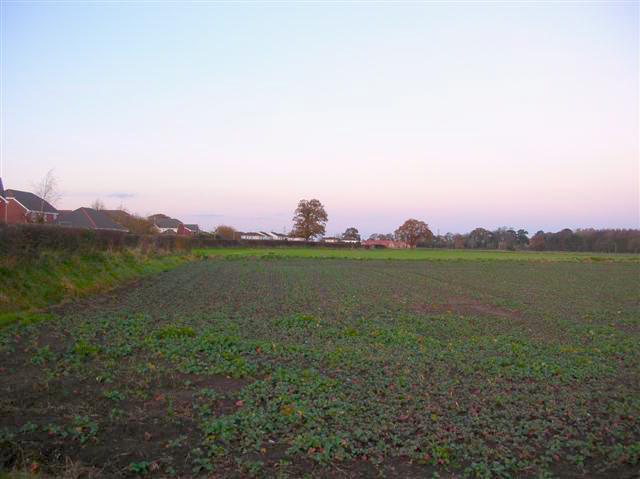|
Housecarls
A housecarl (; ) was a non-Slavery in medieval Europe, servile manservant or household bodyguard in medieval Northern Europe. The institution originated amongst the Norsemen of Scandinavia, and was brought to Anglo-Saxon England by the Anglo-Saxon England#England under the Danes and the Norman conquest (978–1066), Danish conquest in the 11th century. They were well-trained, and paid as full-time soldiers. In England, the royal housecarls had a number of roles, both military and administrative, and they fought under Harold Godwinson at the Battle of Hastings. Etymology Housecarl is a calque of the original Old Norse language, Old Norse term, ''húskarl'', which literally means "house man". ''Karl'' is cognate to the Old English language, Old English ''churl'', or ''ceorl'', meaning a man, or a non-servile peasant. The ''Anglo-Saxon Chronicle'' uses ''hiredmenn'' as a term for all paid warriors and thus is applied to ''housecarl'', but it also refers to ''butsecarls'' and ''lith ... [...More Info...] [...Related Items...] OR: [Wikipedia] [Google] [Baidu] [Amazon] |
Battle Of Hastings
The Battle of Hastings was fought on 14 October 1066 between the Norman-French army of William, Duke of Normandy, and an English army under the Anglo-Saxon King Harold Godwinson, beginning the Norman Conquest of England. It took place approximately northwest of Hastings, close to the present-day town of Battle, East Sussex, and was a decisive Norman victory. The background to the battle was the death of the childless King Edward the Confessor in January 1066, which set up a succession struggle between several claimants to his throne. Harold was crowned king shortly after Edward's death but faced invasions by William, his own brother Tostig, and the Norwegian king Harald Hardrada (Harold III of Norway). Hardrada and Tostig defeated a hastily gathered army of Englishmen at the Battle of Fulford on 20 September 1066. They were in turn defeated by Harold at the Battle of Stamford Bridge on 25 September. The deaths of Tostig and Hardrada at Stamford Bridge left William as ... [...More Info...] [...Related Items...] OR: [Wikipedia] [Google] [Baidu] [Amazon] |
Turinge Stone
The Varangian Runestones are runestones in Scandinavia that mention voyages to the East () or the Eastern route (), or to more specific eastern locations such as ''Garðaríki'' in Eastern Europe. There are also many additional runestones in Scandinavia that talk of eastward voyages such as the Greece Runestones, Italy Runestones, and inscriptions left by the Varangian Guard. Other runestones that deal with Varangian expeditions include the Serkland Runestones (dealing with expeditions to the Middle East) and the Ingvar Runestones (erected in honor or memory of those who travelled to the Caspian Sea with Ingvar the Far-Travelled). There is also a separate article for the Baltic expeditions runestones. In addition, there were also voyages to Western Europe mentioned on runestones that are treated in the articles Viking Runestones, England Runestones and Hakon Jarl Runestones. Most of the runestones were raised during the Christianization of Scandinavia, Christianization of the 11 ... [...More Info...] [...Related Items...] OR: [Wikipedia] [Google] [Baidu] [Amazon] |


